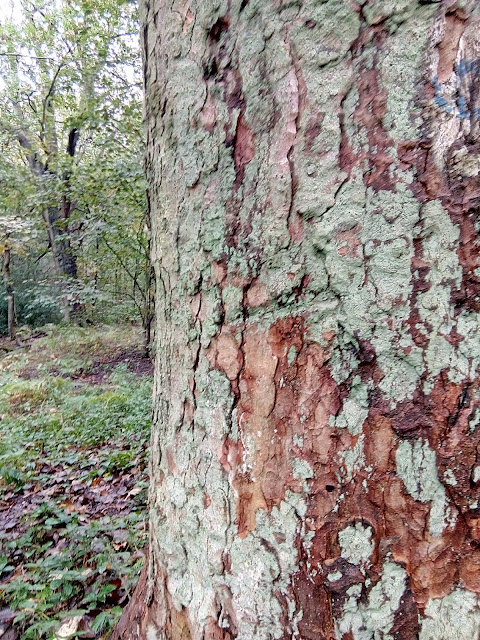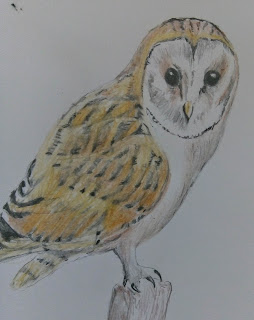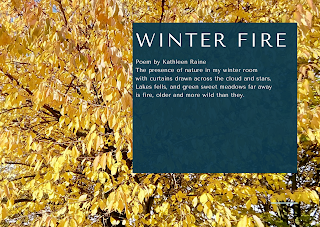Seeing the landscape through art
Sinewy lines flow effortlessly down from the top of the map, curving this way and that. The dancing lines remind me of Kandinsky paintings and Isadora Duncan’s scarves. Silver traces cut into bolder lines, curves straighten out, others loop around falling into themselves. Some lines are unbroken others are made of neatly spaced pinpricks. The history of this map remains mysterious to me, though I recognise some familiar names The Clearings, Hunslet and The Ring Road. The lines of the map are like the thin branches of trees in winter exposed to the elements, blasted by south westerly winds.
The flat lines on the map form a network connecting spaces, species, people and particular places such as the band stand or the lakeside.
We pass an oak tree by the lakeside, near to the carpark and bowling club. Richard tells our small group of nature writers and walkers about the interdependence of the wood, oak, mulch, fungi and microorganisms. Recalling Richard’s stories, I sense the organic feel of the placement of lines of this historical map of Middleton Woods. The lines on the map inscribed through years of experience. Shapes emerge between the lines, an open plateau at ground-level sitting on top of a subterranean world of mutual exchanges, life supporting life.
The map orders the landscape, dividing sections of land; incisions to an organic whole. Yet my experience of this place is not neat and orderly like the map.



Comments
Post a Comment